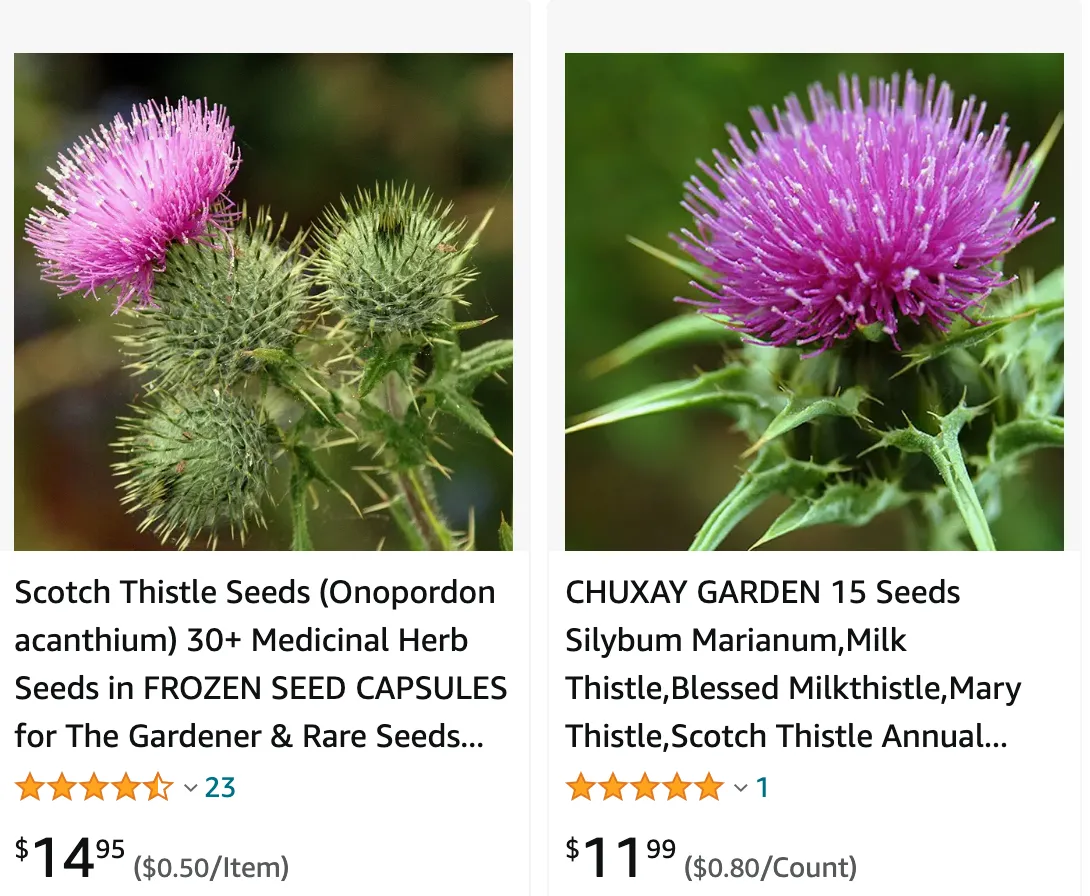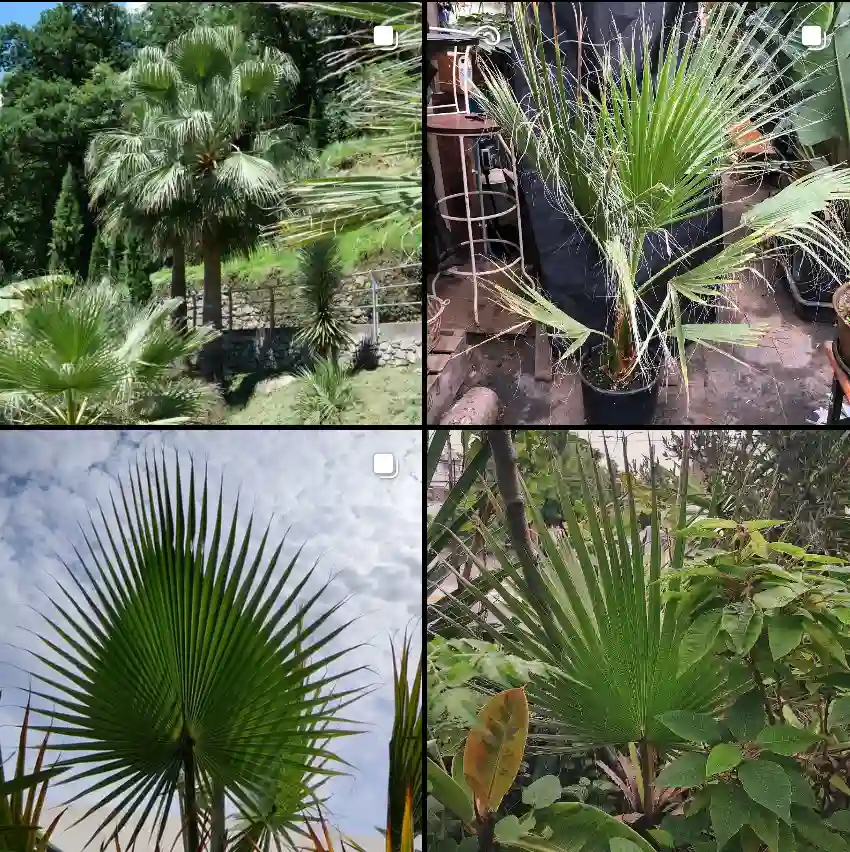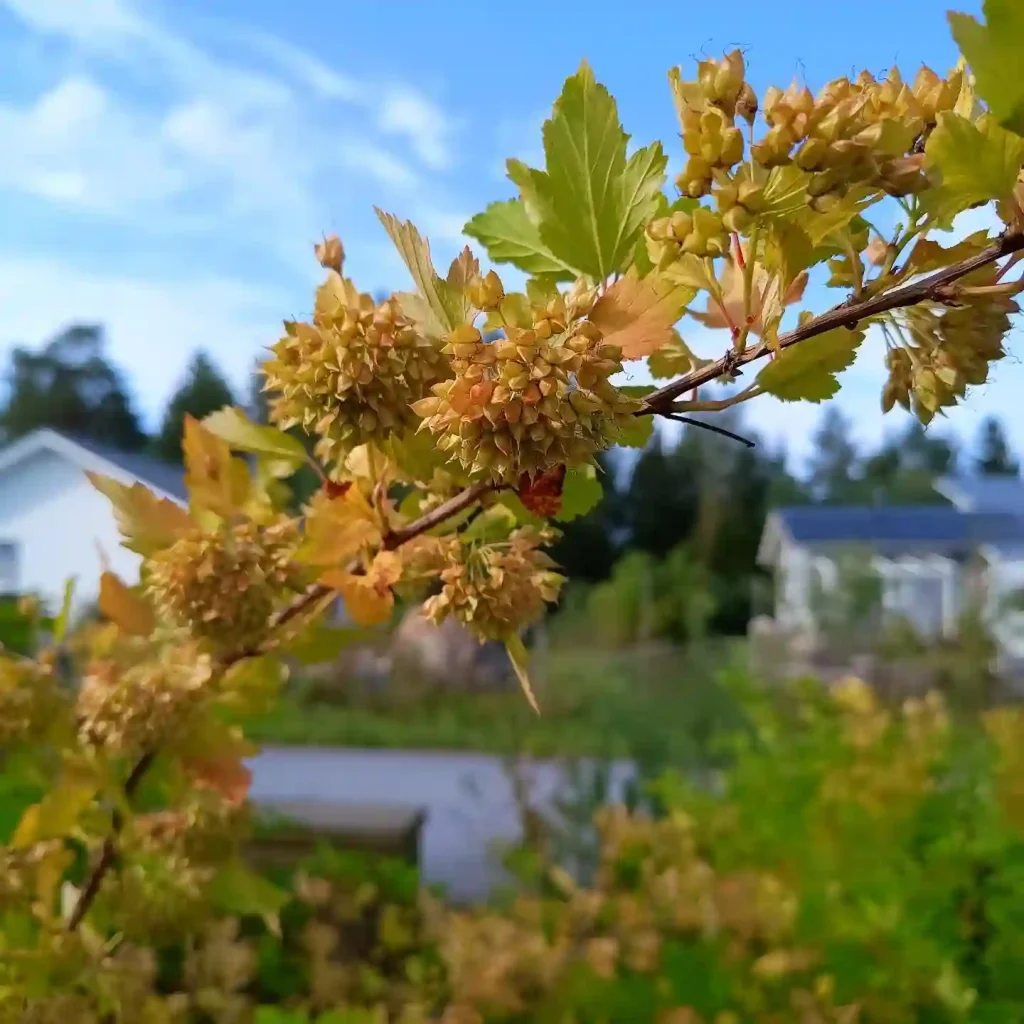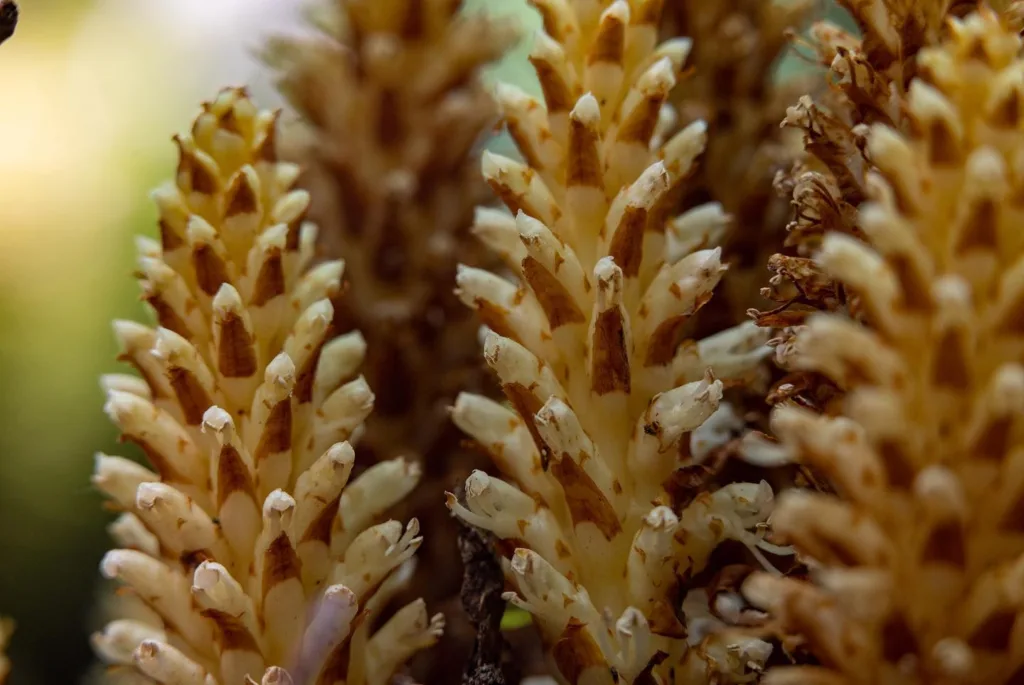
What is Silybum Marianum?
Silybum Marianum, or Milk Thistle, is a plant I’ve come across often in herbal medicine discussions. It’s known for its spiky leaves with distinctive white veins and purple flowers. I first learned about it when exploring natural remedies for liver health, and its intriguing name stuck with me. The plant is quite striking and has a long history of use in traditional medicine, which piqued my curiosity to learn more about it.
2 Species in Genus Silybum
Is Silybum Marianum the same as Silymarin?
Silybum Marianum and silymarin are closely related but not exactly the same. Silybum Marianum is the plant itself, while silymarin refers to the active compounds extracted from the plant’s seeds. When I was looking into liver supplements, I found that silymarin is the key component attributed with the plant’s health benefits. It’s fascinating how these compounds are believed to offer protective and regenerative effects for the liver.
Where does Silybum Marianum grow?
I’ve read that Silybum Marianum typically grows in Mediterranean regions but can also be found in various parts of the world, including North America and Europe. I once spotted it during a hike in California, thriving in a sunny, dry area. The plant seems to prefer well-drained soils and can often be found in fields and along roadsides, looking quite hardy in its natural habitat.
What is Silybum Marianum used for?
Silybum Marianum is used for a variety of purposes, mainly focusing on liver health. I started using it in a supplement form to support my liver after reading about its potential to help detoxify and regenerate liver cells. Beyond liver support, I’ve seen it mentioned for its antioxidant properties and its use in managing conditions like indigestion and gallbladder issues. It’s quite a versatile plant in herbal medicine.
How to grow Silybum Marianum?
Growing Silybum Marianum is something I’ve considered trying in my garden. From what I’ve gathered, it’s pretty straightforward: the plant prefers a sunny location and well-drained soil. I’d need to plant the seeds in early spring, and they’re known to germinate easily. However, I’d need to watch out for its invasive nature, as it can spread quickly and take over a garden if not managed properly.
How to pronounce Silybum Marianum?
Pronouncing Silybum Marianum was tricky at first, but I got the hang of it after a few tries. It’s pronounced “SIL-ih-bum mar-ee-AY-num.” I remember feeling a bit awkward saying it the first time in a conversation about herbal supplements, but now it rolls off the tongue more naturally after some practice.
Is Silybum Marianum safe?
As far as safety goes, Silybum Marianum is generally considered safe for most people. I did my research before starting on any supplements and found that side effects are rare and usually mild, like digestive issues. However, I also learned that it’s important to talk to a healthcare provider before starting it, especially if you’re pregnant, nursing, or have certain medical conditions, to avoid any potential interactions or adverse effects.
What is Milk Thistle Silybum Marianum extract?
Milk Thistle Silybum Marianum extract is a concentrated form of the plant’s active compounds, mainly silymarin. I’ve used this extract in capsule form as a dietary supplement. It’s a convenient way to get a consistent dosage of the beneficial compounds without having to consume the plant directly. I find it especially useful for liver health, and it fits easily into my daily supplement routine.
Where can I buy Silybum Marianum?
I’ve found Silybum Marianum products at various health food stores and online. When I first decided to try it, I did a bit of shopping around to compare different brands and formulations. I prefer buying from reputable sources that offer organic and standardized extracts to ensure quality and potency. It’s also available in different forms like capsules, tinctures, and teas, so there are plenty of options depending on personal preference.
If i die, water my plants!



